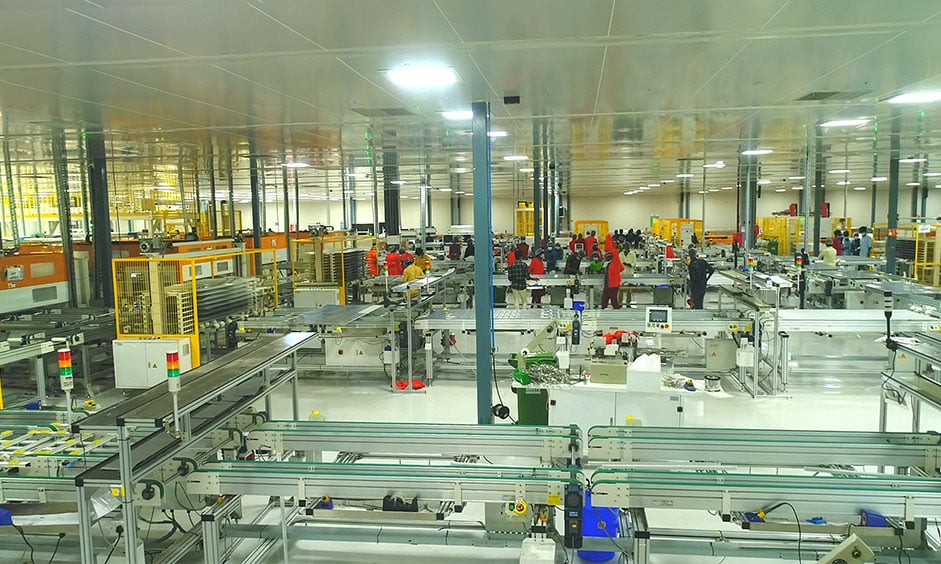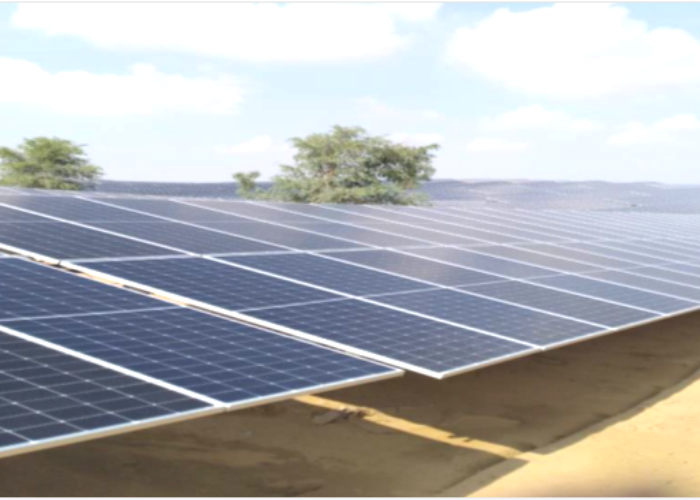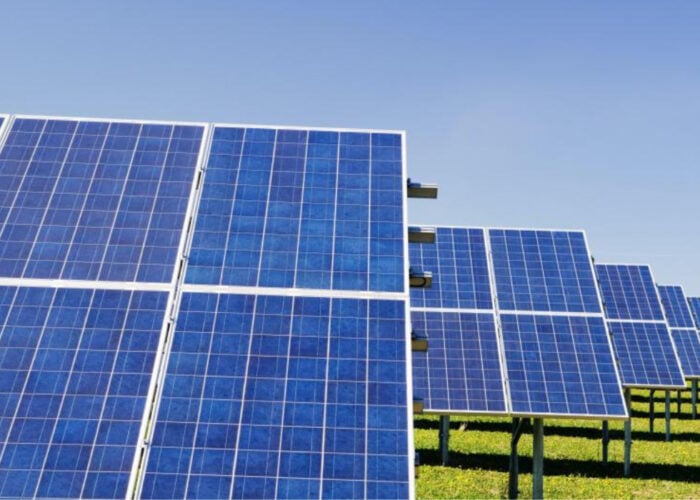
The Avaada Group, an Indian renewable energy company, has begun construction on a 5GW solar wafer, cell and module manufacturing facility in the Indian state of Maharashtra.
Once complete, the project is intended to produce 5GW of tunnel oxide passivated contact (TOPCon) cells and 3GW of modules. It will be in addition to the company’s existing solar module production facility in Dadri, Uttar Pradesh.
Unlock unlimited access for 12 whole months of distinctive global analysis
Photovoltaics International is now included.
- Regular insight and analysis of the industry’s biggest developments
- In-depth interviews with the industry’s leading figures
- Unlimited digital access to the PV Tech Power journal catalogue
- Unlimited digital access to the Photovoltaics International journal catalogue
- Access to more than 1,000 technical papers
- Discounts on Solar Media’s portfolio of events, in-person and virtual
Or continue reading this article for free
Avaada said the site will also produce “next generation batteries” and electrolysers, and represents part of Avaada’s INR13,650 Crore (US$162.5 million) investment into manufacturing in India.
This announcement joins the raft of recently announced plans for solar cell manufacturing capacity in India following the government’s announced plans to include solar cells in its Approved List of Models and Manufacturers (ALMM).
The ALMM scheme is the major method that the Ministry of New and Renewable Energy (MNRE) has deployed to encourage domestic solar manufacturing in India. Products and companies included in the list are exclusively allowed access to government-backed portions of the Indian solar market in an effort to reduce the sector’s reliance on imports from China.
Since the announcement of the plan last month, a handful of significant announcements for solar cell capacity have emerged in India. Yesterday, Alpex Solar proposed a plan for a 1.6GW TOPCon solar cell plant in Uttar Pradesh. This followed Indian solar manufacturer Goldi Solar’s professed plans to expand its module and cell production capacity to 14GW, including a new 4GW cell plant.
Vikram Solar also filed for an initial public offering (IPO) with a view to funding a 6GW integrated module and cell production plant in the southern state of Tamil Nadu.
Introduced in 2019, the existing ALMM for solar modules has had a fitful history. Over 2022 and 2023, India’s solar market suffered from a lack of available products, which led to a downturn in deployments. This was largely due to the combination of the basic customs duty (BCD), which put strict levies on imported Chinese solar products, and the ALMM, which limited the products and companies eligible for government subsidies for solar developers.
As a result, the MNRE paused the ALMM in March 2023 to try to stimulate growth in the country’s flagging solar deployments.







